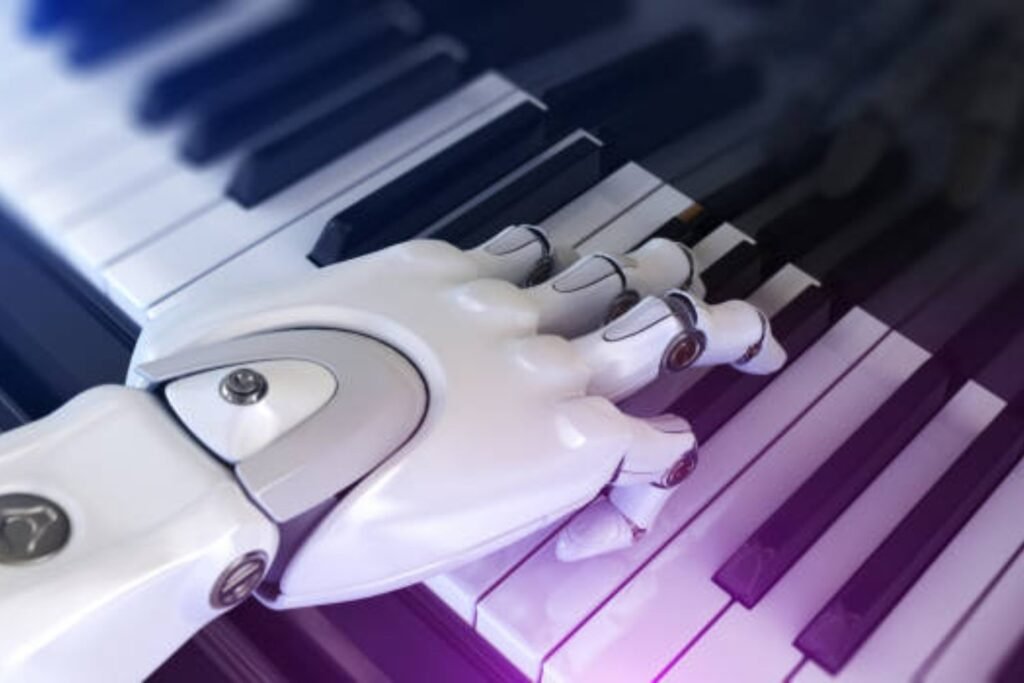An awesome new gadget that totally changes how you learn music

In the pursuit of musical excellence, there has always been a challenge in overcoming the limitations of human coordination and speed. A robotic exoskeleton developed in Tokyo is set to change this reality, allowing expert pianists to achieve levels of technical skill previously unattainable through traditional methods.
An innovative approach to training
Inspired by technology, the exoskeleton guides pianists’ fingers through complex patterns, replicating the tactile learning experience that teachers convey by physically guiding their students’ hands. This device combines technological precision with brain plasticity to speed up learning and perfect advanced movements without the need for extensive trial and error.
How the robotic exoskeleton works
The exoskeleton features independent motors for each finger, capable of executing movements up to four cycles per second. This enables pianists to passively experience rapid and intricate pattern combinations. Its customized design adjusts movements to enhance technical progress, focusing on improving coordination and accuracy.
This tool not only mimics movements but actively assists in guiding them, aiding pianists in grasping and adopting advanced techniques that previously required years of intensive practice.
Impact on musical performance
In a study involving 118 expert pianists with over 10,000 hours of practice, the device demonstrated remarkable effectiveness. After hitting a plateau using conventional methods, musicians trained with the device for 30 minutes and experienced significant enhancements in speed and coordination in both hands, with lasting effects observed the next day.
Brain scans also indicated changes in the sensory areas responsible for motor control, suggesting that the device not only refines physical technique but also reshapes perception and control, elevating learning to new heights.
The success of the exoskeleton opens up exciting possibilities for various fields. From elite sports to surgery, where precision and coordination are crucial, this technology could revolutionize the training of advanced skills in healthy individuals.
As Nathan Lepora from the stated, “It’s the first time I’ve seen a robotic exoskeleton used to surpass normal human dexterity.” This advancement not only pushes the boundaries of traditional learning but also redefines the potential in developing human skills.
The exoskeleton represents not just a tool for perfecting musical technique but also a glimpse into a future where technology enhances human capabilities. By conquering physical and motor limitations, this innovation has the potential to transform music and other disciplines, marking the dawn of a new era in learning and human performance.




